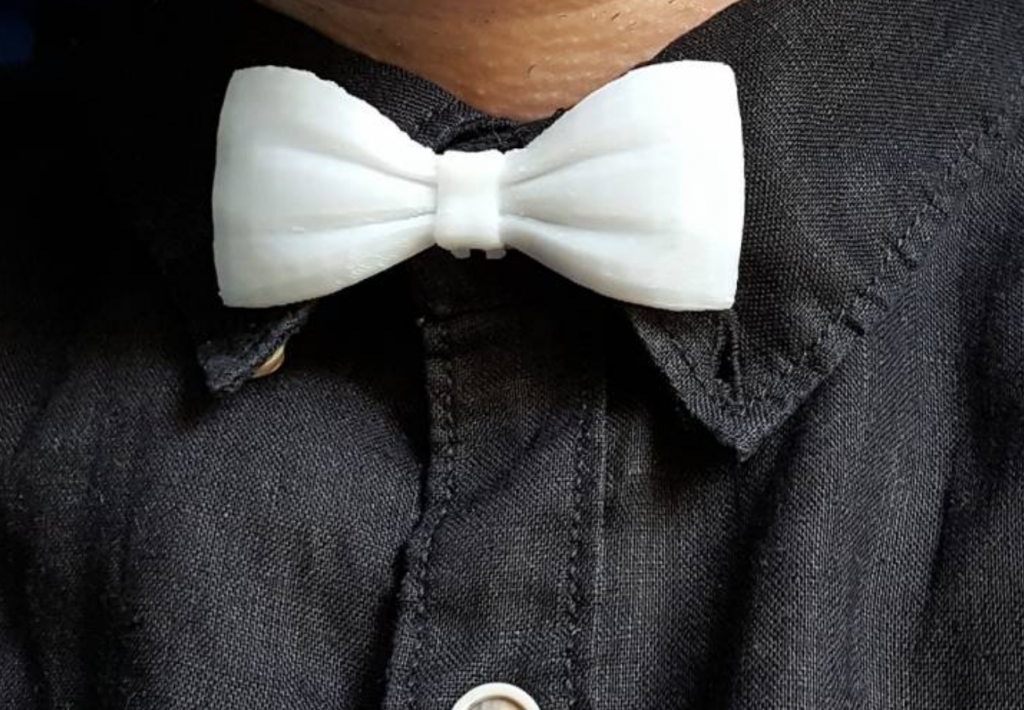In a new interview with Google’s director of engineering, author and futurist Ray Kurzweil, has shared some of his most recent predictions for the future of technology with the New York Times. Kurzweil is a firm believer that,
As the variety of materials available to print in 3D become more extensive and less expensive, both free open-source and proprietary clothing designs will be widely available online in as little as 10 years.
3D printed fashion
The open-source availability of clothing designs in the next 10 years is not as ambitious as it sounds. The foundations are in fact already in place, sites such as Thingiverse, Shapeways and MyMiniFactory have already have sections for fashion and accessories.

Specialized 3D printing fashion designers are also on the rise. Only last month, 3DPI spoke to Mingjin Lin, who is producing 3D printed garments for her PhD at London’s Royal College of Art.

Fashion houses are also taking note. London’s VOJD Studios is a specialist 3D printing fashion brand that deals predominantly in 3D printed jewelry and clothing accessories for the catwalk. With their complex designs gaining the attention of Alexander McQueen, they are looking to further their capabilities with garment design too.
A 3D printer in every home
One of the key goals in the 3D printing industry is also to bring down the financial cost of the process, and so we also agree in part with Kurzweil’s assertion that ‘By 2020 there will be a whole host of product available immediately to buy for pennies on the dollar and to print straight away. It will become the norm for people to have printers in their homes’.
The time-frame is ambitious for sure, as it leaves only four years for manufacturers to develop a truly consumer friendly product. However, 3D printers have already made it to the top of some children’s Christmas lists with Toys R Us starting to stock XYZ Da Vinci Mini this year. The telling factor will be whether companies can carry on this momentum rather than it become a fleeting fad.
Overall, Kurzweil’s predictions have firm foundations in the 3D printing industry’s current facts and trends, and we certainly hope that they’re poised to come true.
Featured image show Mingjin Lin’s modular geometric fabric. Photo by Kiva Huang.



